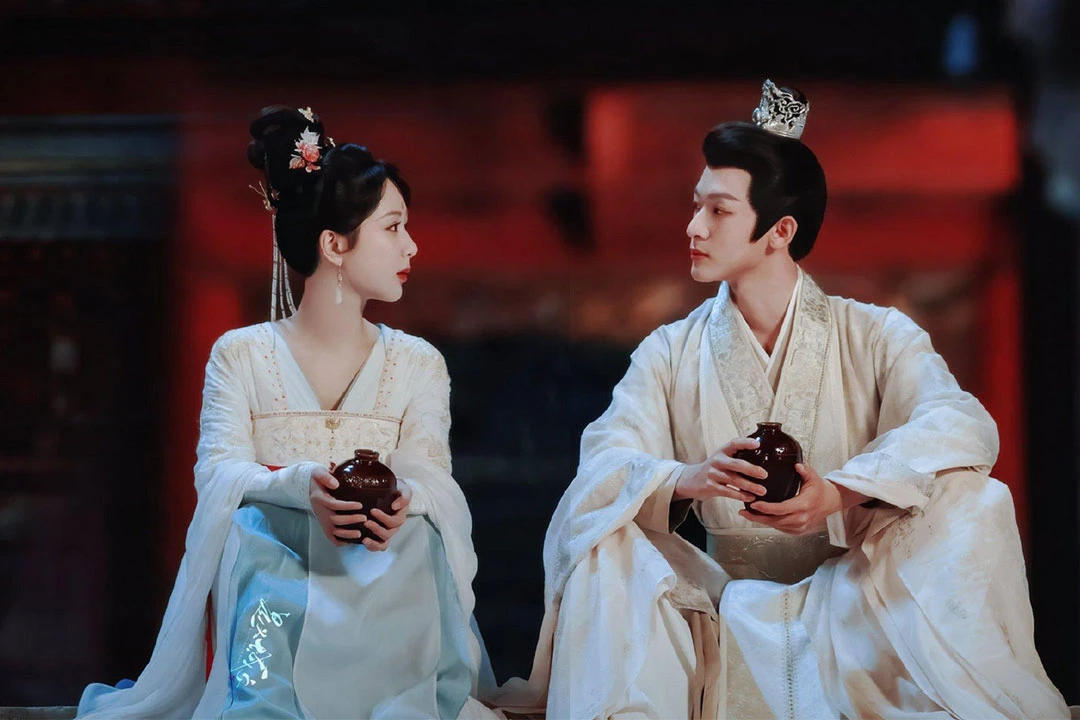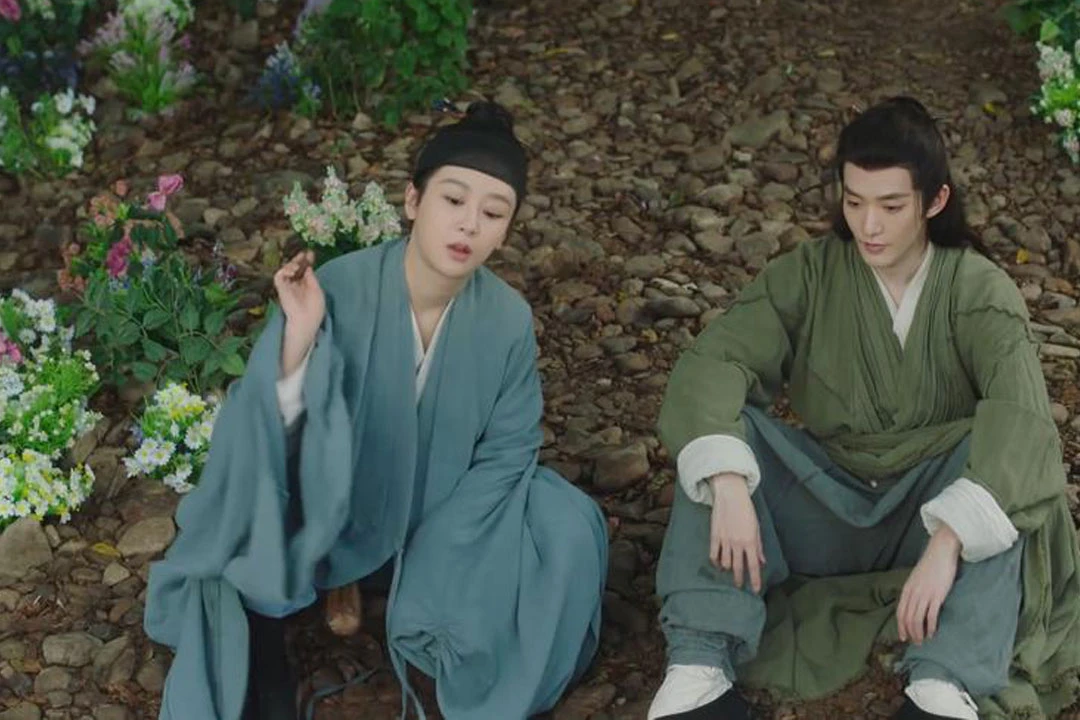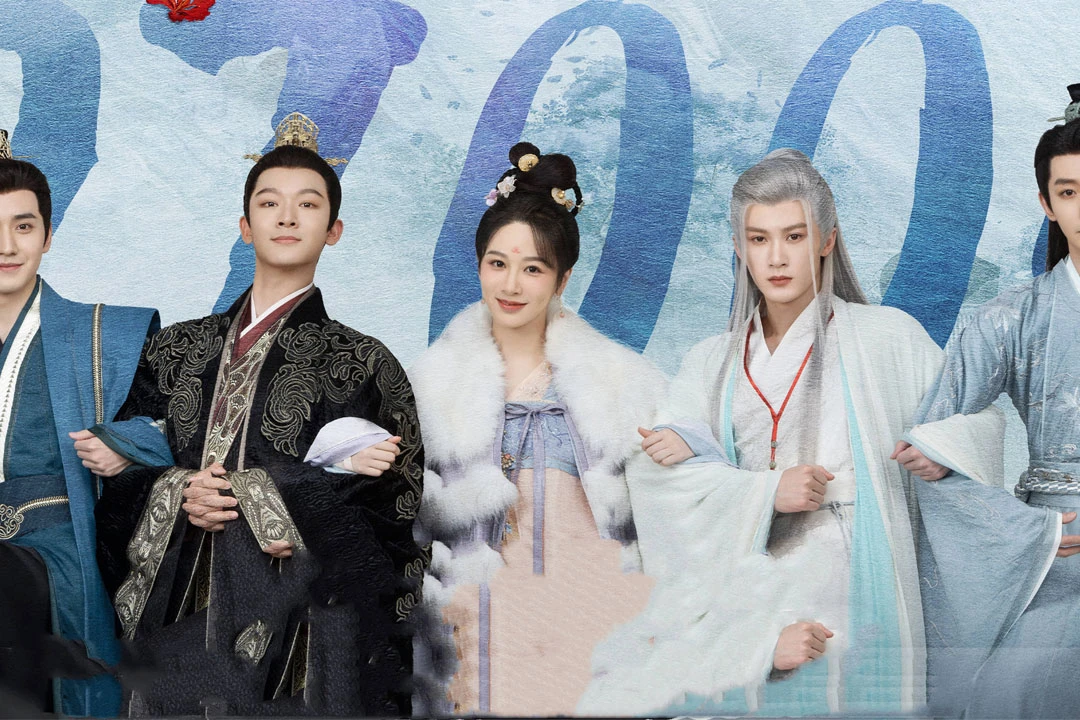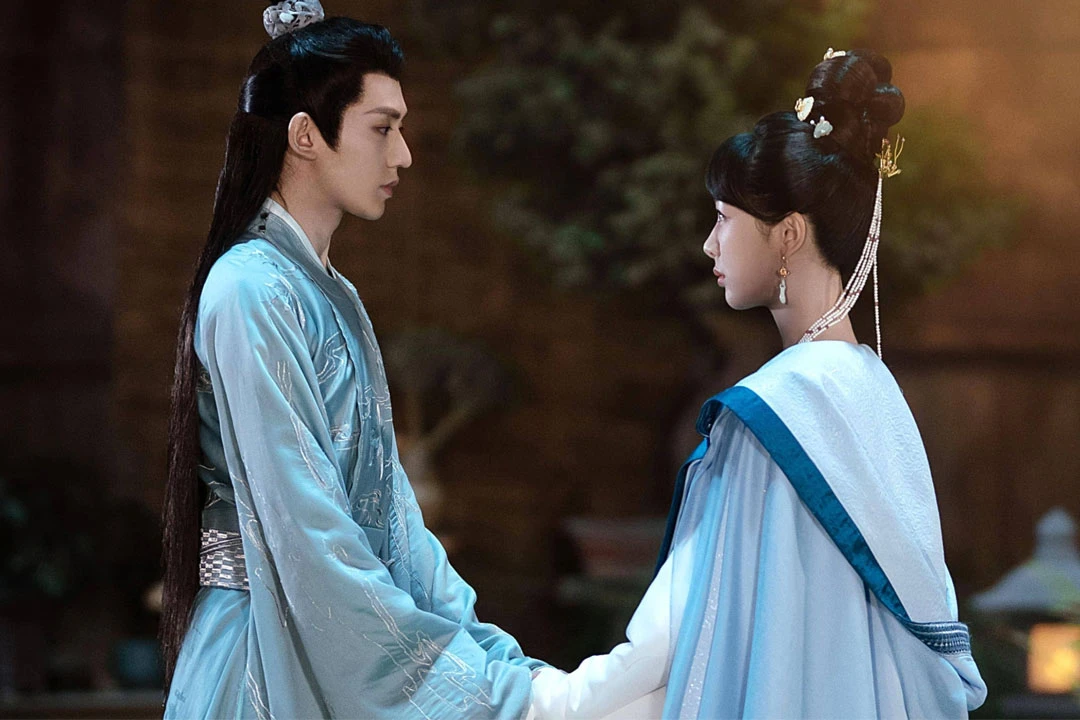In the realm of Chinese dramas, character development has evolved into an art form that captivates audiences through intricate storytelling and compelling personalities. From the recent surge of "Changxiang Si Season 2” (长相思第二季) to the transformative roles seen in "Yan Heart Tactics" and "Ink Rain Between Clouds," each series not only entertains but also pushes the boundaries of traditional character archetypes.
In today's summer lineup of popular historical dramas, a common trend emerges—dynamic and unconventional characterizations that redefine traditional storytelling. "Changxiang Si 2" introduces Zhang Wanyi's enigmatic portrayal of a pseudo-bone orthopedist, whose antics of unrequited love towards Xiaoyao are both endearing and comical. This season delves deeper into his character, showcasing a blend of madness and restraint that resonates with viewers.
The drama landscape has witnessed a shift towards unconventional character arcs, epitomized by strong female leads such as Song Yi's portrayal of Yan Nanxing in "Yan Heart Tactics," where she transforms monthly into a werewolf due to a mysterious illness. Paired with a male lead suffering from prosopagnosia (face blindness), their unlikely love story challenges conventional norms and intrigues viewers to unravel its complexities.
The Phenomenon of Fan-driven Narrative Evolution

Audiences have increasingly taken control of narrative evolution through fan fiction and creative reinterpretations of character dynamics. This participatory culture not only enriches the viewing experience but also underscores the audience's desire for personalized storytelling. In dramas like "Changxiang Si," fans have crafted alternate endings and supplementary stories that provide closure to unresolved plotlines, showcasing their deep engagement with characters and their narratives.
Henry Jenkins, a pioneer in fan culture studies, highlights in "Textual Poachers" how fan communities transform media consumption into collaborative storytelling. This phenomenon has been amplified by the internet and short-form video platforms, enabling fans to re-imagine and rewrite narratives to suit their preferences, thereby extending the longevity and cultural impact of a series beyond its original airing.
The Art of Strategic Character Design
For producers and writers, creating compelling characters has become paramount in capturing audience attention amidst a saturated market. By introducing novel and multifaceted characterizations, dramas like "Ink Rain Between Clouds" have successfully garnered mass appeal. Characters like the loyal yet cunning national duke and the rebellious princess have resonated with viewers, driving significant viewer engagement and platform rankings.
However, the portrayal of male characters as dominant figures often reflects entrenched societal values, which occasionally sparks debates on gender roles and power dynamics within narratives. The balance between portraying strong male leads and ensuring the agency of female characters remains a delicate yet crucial aspect of contemporary storytelling.
As the landscape of Chinese dramas continues to evolve, there is a growing demand for diversity in character portrayals and narratives. While traditional archetypes have their place, the exploration of nuanced and unconventional character arcs holds promise in captivating a broader audience and fostering deeper cultural dialogue.
The synergy between audience autonomy and creative storytelling will likely shape the future of Chinese dramas. The ability for fans to influence narratives through fan fiction and participatory media practices not only enhances viewer engagement but also reinforces the dynamic nature of contemporary storytelling in the digital age.
The evolution of character narratives in Chinese dramas reflects a broader cultural shift towards inclusivity and diversity. While traditional archetypes like the powerful male lead and the resilient female protagonist remain popular, there is a growing appetite for narratives that challenge stereotypes and explore untapped perspectives.
Breaking Stereotypes Through Innovative Storytelling
Recent years have seen a notable rise in narratives that defy conventional expectations. Series such as "Ning An Ru Dream" introduce male characters who are not just figures of authority but also vulnerable and multifaceted individuals. This departure from the stereotypical strongman archetype allows for more nuanced explorations of masculinity and vulnerability within the context of historical and fantasy settings.
Similarly, female characters have evolved beyond traditional roles of damsel in distress or femme fatale. Shows like "Ink Rain Between Clouds" and "Yan Heart Tactics" feature women who navigate complex power dynamics, challenging patriarchal norms while asserting their agency and autonomy. These characters serve as role models for empowerment and resilience, resonating with modern audiences seeking progressive portrayals.
Impact of Audience Engagement on Narrative Development
The influence of audience engagement on narrative development cannot be overstated. Platforms like Weibo, Douban, and Xiaohongshu serve as virtual hubs where fans discuss, dissect, and reinterpret their favorite dramas and characters. This communal dialogue not only enhances the viewing experience but also shapes future storytelling decisions by producers and writers.
Fan-generated content, including fan fiction, fan art, and video edits, further extends the lifespan of a drama beyond its original airing. By creating alternative narratives and exploring character relationships, fans contribute to a vibrant creative ecosystem that fosters continuous engagement and loyalty.
Future Trends and Innovations
Looking forward, the landscape of Chinese dramas is poised for continued innovation in character development and storytelling techniques. The integration of advanced technologies such as virtual reality (VR) and augmented reality (AR) promises to enhance viewer immersion and interactivity, offering new avenues for exploring characters and narratives in unprecedented ways.
Moreover, collaborations between writers, directors, and fan communities could further blur the lines between creator and audience, empowering viewers to co-create content and shape cultural narratives collaboratively. This participatory approach not only enriches the storytelling process but also strengthens audience loyalty and investment in the media they consume.
The dynamic evolution of character narratives in Chinese dramas underscores a transformative period in entertainment media. From challenging traditional stereotypes to embracing diverse perspectives, the industry continues to evolve in response to shifting audience preferences and societal expectations.
As viewers increasingly seek authenticity and representation in their media consumption, the role of character crafting becomes pivotal in fostering meaningful connections and cultural resonance. By celebrating diversity and empowering audiences to participate in narrative creation, Chinese dramas are poised to lead the global stage in innovative storytelling and audience engagement.



